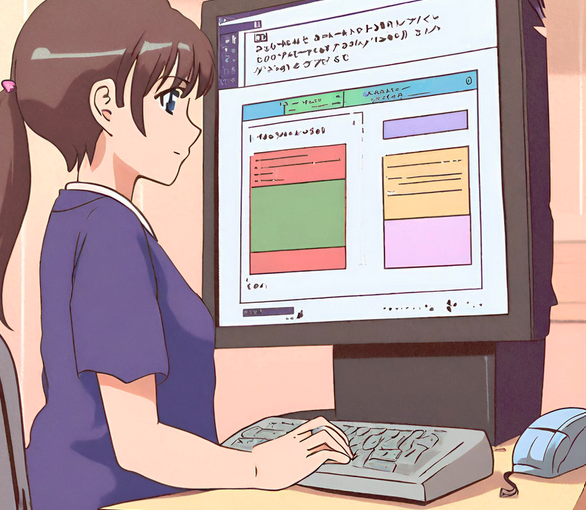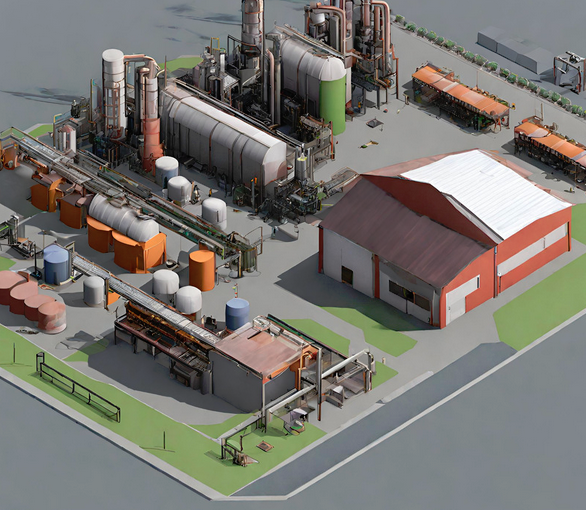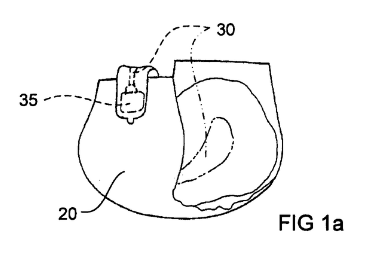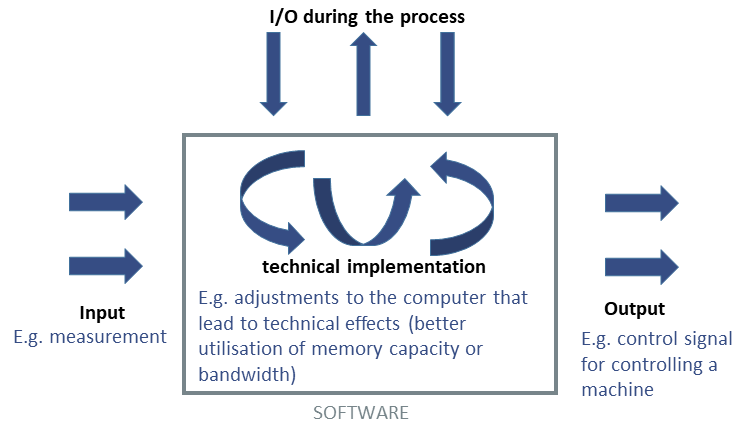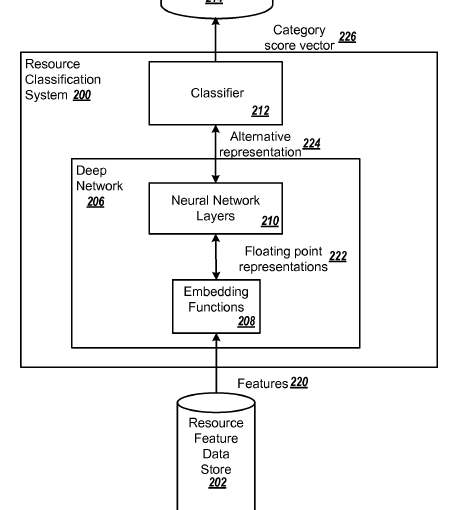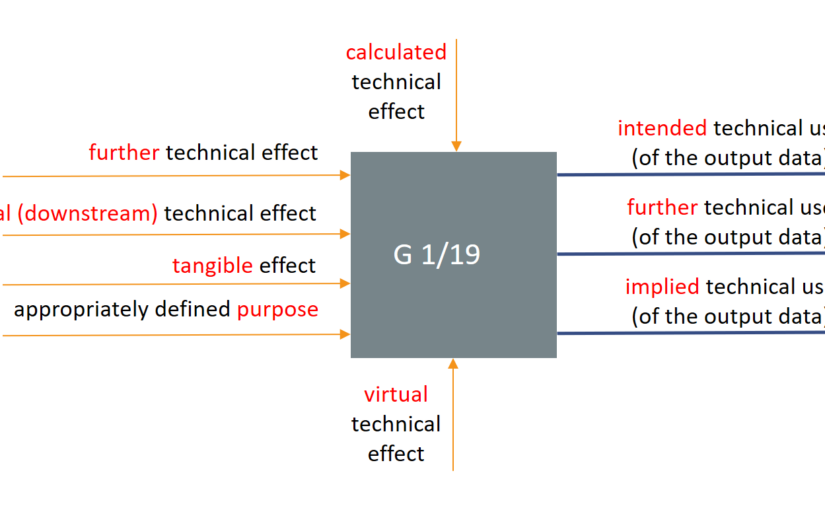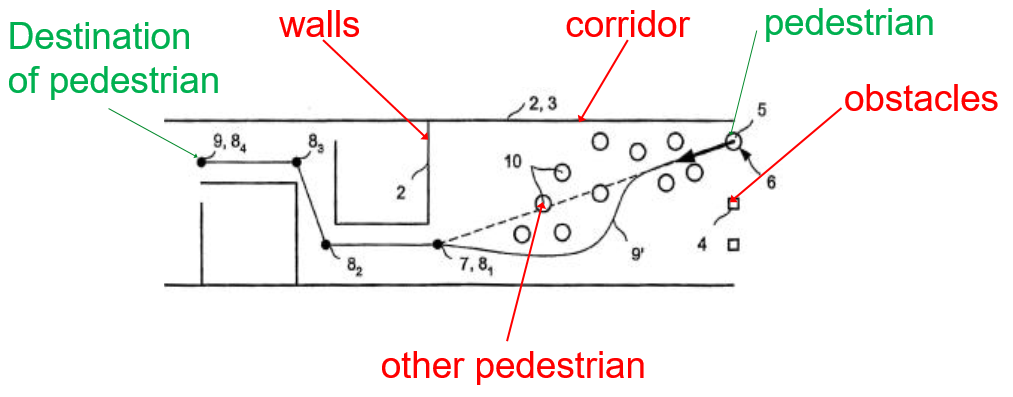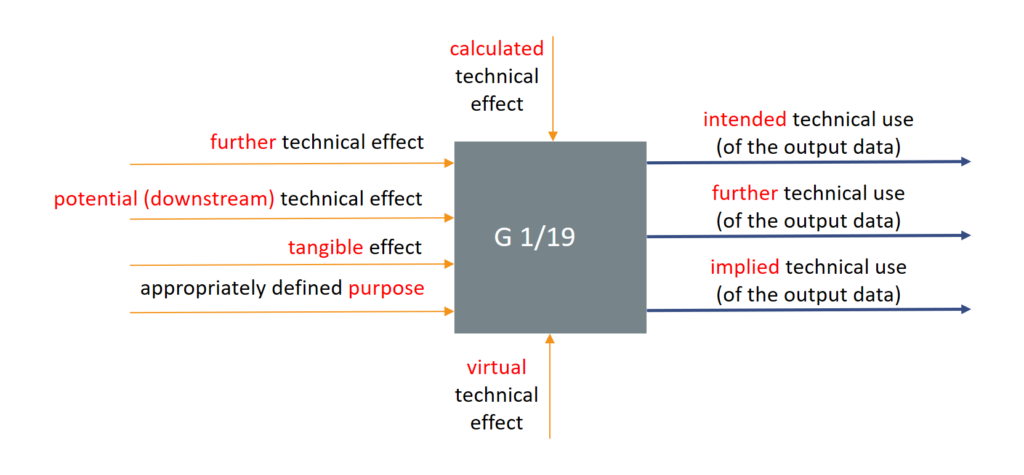In this decision, the Board used non-technical features to formulate the technical object (in line with COMVIK). The Board then went on to explain why the implementation of non-technical requirements of a prior art system appears non-obvious, but is not non-obvious (see the last two bullet points).
Object of the Invention:
- the invention concerns the implementation of an “ephemeral group chat”, that is, a chat whose messages are automatically deleted when a certain condition is met (for example, when a message has been viewed for a certain amount of time by all recipients)
- how to implement the requirement of deleting all copies of a chat message based on the occurrence of an event in all client devices, such as the message having been read by all participants
Board (part I):
- the feature of deleting all copies of a message after it has been read by all recipients is not based on technical considerations
- nor does it solve a technical problem
- the mentioned feature is a non-technical requirement expressing a user’s wish or subjective preference
- non-technical features do not contribute to inventive step but may instead appear in the formulation of the technical problem, in particular as constraints or requirements to be achieved (T 641/00)
Appellant:
- the condition to simultaneously delete a message for all participants when a trigger event had occurred at all recipient devices is not part of the problem to be solved
- this has a technical effect, namely increasing security and maintaining data consistency across all devices
- the technical problem to be solved was rather “how to coordinate the deletion of messages so that there is increased security and consistency“
Board (part II):
- security of the system is not credibly increased
- it could equally well be argued that security is decreased
- achieving consistency of the contents of the various chat messages is not a technical effect
- implementation of the non-technical requirements: since this cannot be achieved through the independent deletion of the messages disclosed in D1, the skilled person would have to look for a workable solution and, would consider managing the deletion operations centrally by means of the server as one of the obvious possibilities
- implementation of nontechnical requirements on a technical prior art system might require modifications which, at first glance, appear non-obvious, as there is no technical reason for them in view of the prior art alone
- however, since according to the principles of “Comvik” non-technical features cannot contribute to inventive step, the nontechnical requirements must be seen as a given, and the skilled person implementing them must make the necessary modifications to the prior art


